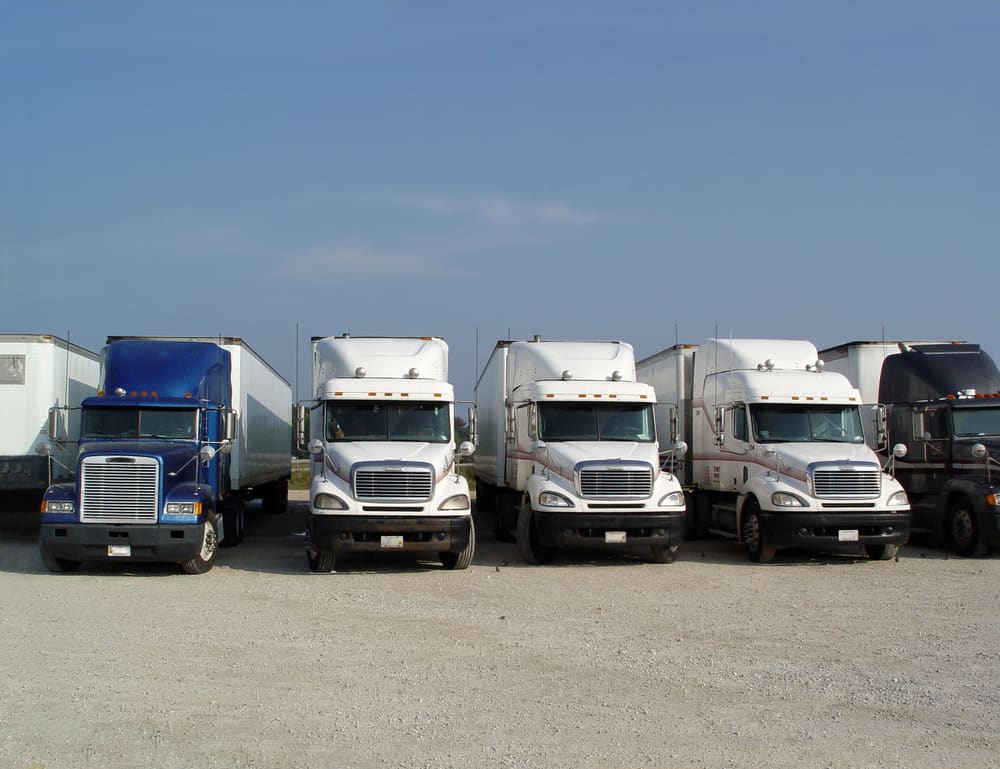
Ten states and the District of Columbia have legalized small amounts of marijuana for adult recreational use. As a result marijuana supply chains in the U.S. are starting to take shape, with commercial possibilities following. However, the contradiction between state and federal laws cannot be understated. Federal regulation continues to be a challenge for legal marijuana, which includes logistics from production to consumption.
It is crucial to monitor marijuana supply chains end-to-end to ensure no amount of the product slips through unnoticed. FreightWaves spoke with Michael Morey from Franwell about the finer details of marijuana supply chains and the primary concerns and challenges that face the marijuana industry. Franwell is a technology company dedicated to the development of leading- edge products and services with a focus on supply chain solutions and RFID integration
“For the monitoring process, we go back to the actual plants on the field. We track the number of plants that are planted by growers and look at the number of plants that survive until the end, as many of them die out. We track the plants through the process of maturation and harvest,” said Morey. “At that point, we will measure the amount of product that is derived from these plants, as well as the amount of waste, so that everything is accounted for.”
Precisely measuring the output and the waste is essential, because legal marijuana cultivation is strictly enforced and the measurement statistics need to be precise. Once the output is gauged, it is then distributed via packages, with each package being tagged and inventoried before it goes to a retailer. This way, it is possible to track the genealogy of a marijuana strain – the plant it came from, its geographic origin, the name of the grower, and other specifics.
“Generally, marijuana is sold at mom-and-pop shops and the product is transported in small delivery vans, rather than in big trucks. Though the distribution of marijuana is not terribly sophisticated, the issue is with the federal law, because growing and distribution are still not legal under it. This causes problems in terms of banking – reporting the financials and filing taxes is difficult since banks are federally regulated,” said Morey.
It is here that technology like blockchain could help, as it can assist with accounting for each step across the supply chain, and create transparency into the operations of every stakeholder in the chain.
One of the problems that faces the marijuana trade is that it remains entrenched in traditional cash transactions, rather than going digital. Then again, pushing the transactions through banks is also not viable because currently that is illegal. “This is a conundrum – as it’s legal in the state and illegal federally. The federal government can’t come into the state and prevent the sale and distribution of marijuana, but it can complicate the management of funds or money derived from the activity because the majority of banks are federally regulated,” said Morey.
Blockchain could alleviate the issue to an extent. The technology can help bring the largely underground movement of marijuana above board, and help create a semblance of trust between the stakeholders in the supply chain. The marijuana business is extremely profitable, and thus can generate a number of jobs within its ecosystem.
Even with blockchain, it would help the cause of the marijuana industry if there is an open data framework that could be used for companies to develop pilot blockchain programs. Consortiums like the Blockchain in Transport Alliance (BiTA) are bringing together hundreds of stakeholders in the supply chain space to create open standards that companies can use as a platform for their blockchain pilots.
Morey explained that blockchain would help with verification just as credit cards do when they are swiped in supermarkets. “When you use your credit card, the validity of the card is verified, and there is either an approval or rejection of the transaction. This is on a need-to-know basis, and I think this can work here as well,” he said. “For example, in the air cargo industry ground handlers track the freight they handle, generate an invoice to the forwarder or carrier, who in turn has its own data to compare with. This can take out all the discrepancies that arise in the process as everything exists within the same system.”










